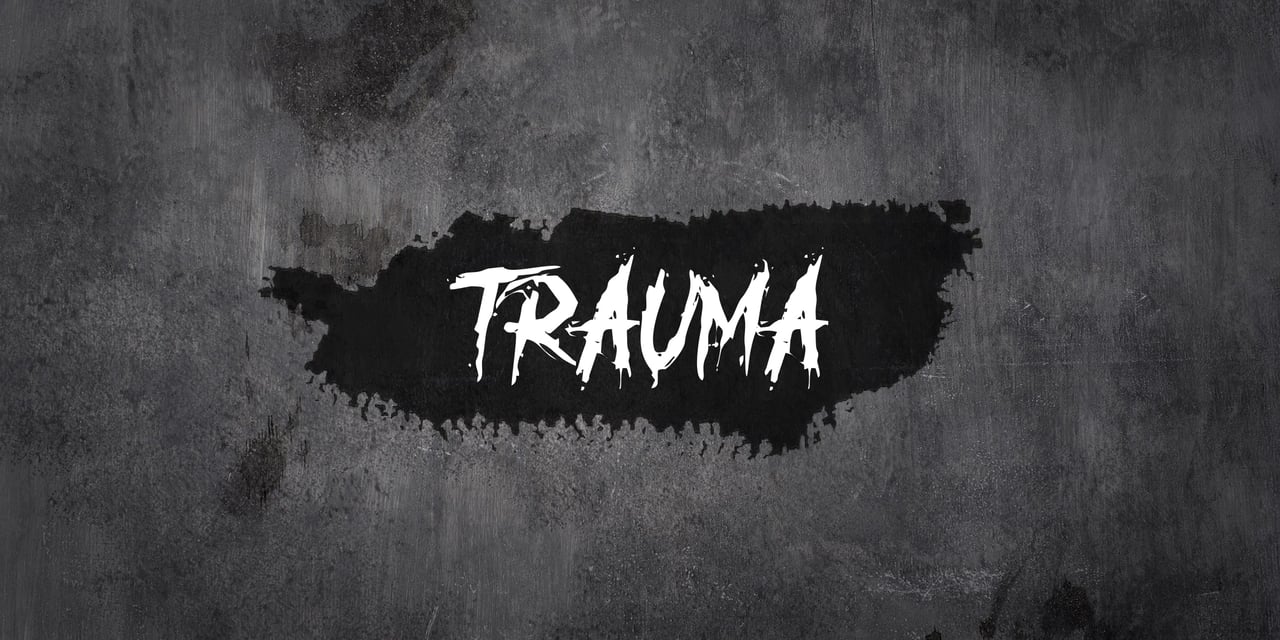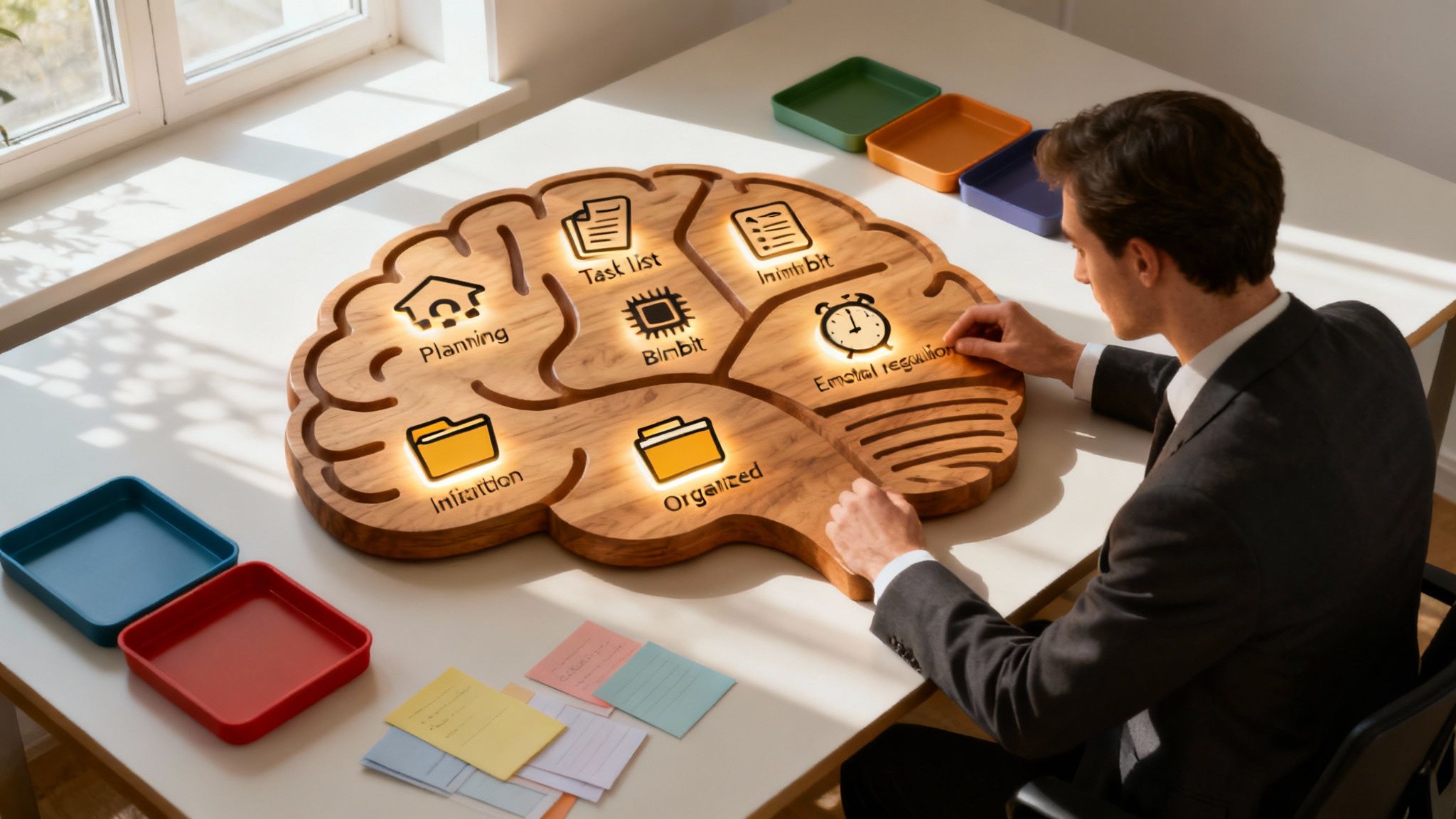Being clinically diagnosed with post-traumatic stress disorder (PTSD) by a psychiatrist at the age of twelve was both earth-shattering and tremendously predictable. I was no more overwhelmed by this news than if someone had just told me it was pouring outside while I was sitting next to the window.
Join me while I recount my journey from childhood trauma, to a PTSD diagnosis, and finally to embracing my ADHD.
Too long; didn’t read
- ADHD and PTSD diagnoses alone are notorious for delaying the diagnosis of the other (if they comorbidly exist in a patient)1
- Some of the overlapping traits of ADHD and PTSD include emotional dysregulation, anxiety, and poor working memory.
- ADHD does not cause PTSD, and PTSD does not cause ADHD
My story: childhood trauma and missed diagnoses
As a child who survived years of prolonged traumatic events, a PTSD diagnosis was the potential key to my emotional success in life. However, even after years of cognitive therapy and eye movement desensitization and reprocessing, or EMDR, I realized that something else could be hiding amongst my symptoms of complex trauma, which I later discovered was ADHD.
“Is it really just PTSD?”
I began to ask myself, "is there something else other than PTSD?” I brought a series of questions to my childhood psychiatrist, only to be casually shrugged off and given a new medication to manage my mental health—a type of dismissal many ADHDers know all too well.
I accepted the prescription because I understood that trauma can be perplexing in young people, and that treatment can be ongoing for most patients.
It wasn’t until I left home to pursue higher education—a degree in psychology, no less—that my struggles were inescapable. I was overwhelmed with the academic workload.
School was harder than it should’ve been
Studying textbooks felt like gnashing foil between my teeth, and the lectures from professors were unintelligible (even though my peers seemed to follow along without too many issues.)
Looking back at it now, I fully understand what I was experiencing:
- Executive dysfunction
- Emotional dysregulation
- Auditory processing disorder
…and then an overlap of two very distinct mental health conditions, ADHD and PTSD.
My PTSD diagnosis masked my ADHD
Because it came first, my post-traumatic stress disorder diagnosis limited the scope of which healthcare professionals used to look at me and my complicated symptoms. It took me years of unwavering self-advocacy, tirelessly recording my daily struggles, and hours of hyperfocusing on neurodevelopmental research to finally get an answer.
In April 2022, I was professionally diagnosed with ADHD-C, the combined subtype—I was a very “classic case”, yet I was being systematically missed by my previous doctors. As frustrating as this was for me, I somewhat understand why this happened.
Let’s explore why that is.
What is PTSD?
PTSD is a “disorder that develops in some people who have experienced a shocking, scary, or dangerous event”.2
After a traumatic event, PTSD patients are easily triggered by stimuli that may or may not be associated with the previous threat. Once the stimuli is detected, a series of biological changes are triggered in the central nervous system that prompt startle, alertness, and increased blood flow to the limbs.
Fight or flight (or fawn or freeze) response
This biological stress response dates back to the stone ages, and it evolved so we are better able to protect ourselves—or flee—from the perceived danger. This response is known as the “fight or flight response, now better described as the fight, flight, freeze, or fawn response. This name change is more descriptive of the possible reactions a human may have to a perceived threat.
When faced with a triggering stimuli or threat, most people experience this sort of reaction, but they also usually recover from the initial onset of symptoms. Then there are those who continue to face difficulties with triggers in way that hinders their day-to-day activities.
These are the people that are more likely to be diagnosed with PTSD.
PTSD symptoms
As described by the American Psychiatric Association—and included in the DSM-5 diagnostic criteria—PTSD is characterized by:
- Intrusive thoughts3
- Avoidance behaviors
- Mood swings
- Changes in arousal
- Increased reactivity to certain stimuli
What symptoms does PTSD share with ADHD?
While ADHD is a completely separate condition, it still shares several symptoms with PTSD—symptoms that are easily masked by a PTSD diagnosis. Some of the shared symptoms include:
- Difficulty concentrating
- Trouble with memory
- Brain fog
- Restlessness and insomnia
- Risky behaviors, both sexually and otherwise
Given the similarities between the two conditions, it’s important that providers—and patients—understand the symptoms and their context. Additionally, these symptoms can present differently and uniquely between children and adults, and from person to person.
As Michelle Ferrer, PhD explains:
Teasing apart ADHD and PTSD symptoms takes time, consultation with professionals, and collaborative problem solving.
The process of distinguishing between the two may take time, but it can be life-changing for patients who receive proper treatment as a result.
How to cope with ADHD and PTSD
Mindfulness-based treatments for post-traumatic stress disorder have emerged as a promising alternative intervention approach4, especially when combined with therapies that focus on both cognition and behavior.
My therapist, Jeff Miner, taught me the mindful approach to treating trauma symptoms. His primary focus was all about, “living in the moment” and “owning your mistakes” in order to grow.
Examples of mindful activities or strategies:
- Yoga
- Body scan meditation
- The 5-4-3-2-1 sensory rule
- Biofeedback techniques
- The R.A.I.N method
When you have a brain that’s constantly wired to “fight or flee”—or one that struggles with hyperactivity—practicing mindfulness can give those with trauma and ADHD a moment of pause. This pause can be helpful in reducing stress and dealing with the emotional dysregulation that can come with both disorders.
It can also allow those that frequently deal with impulsive behaviors to take a step back, deeply analyze the decisions they’re about to make, and then react after careful consideration.
Final thoughts
Though I often find myself looking back to my years of undiagnosed ADHD—and overanalyzing the challenges I suffered as a result—I still have no resentment towards the physicians that originally dismissed my symptoms as just being “trauma-related”.
As I spent my spare time researching both ADHD and PTSD, I started to really understand just how tricky it can be for specialists to unravel each symptom and link them to individual causes.
I can’t imagine how exhausting and frustrating it is for them; not to mention, the pressure.
In the end, I became my own advocate, and that experience itself has been empowering. I feel like I now have a better grasp of who I am, and like I truly have a chance to experience a lifetime of thriving and success.
And I hope you’re able to experience that, too.









